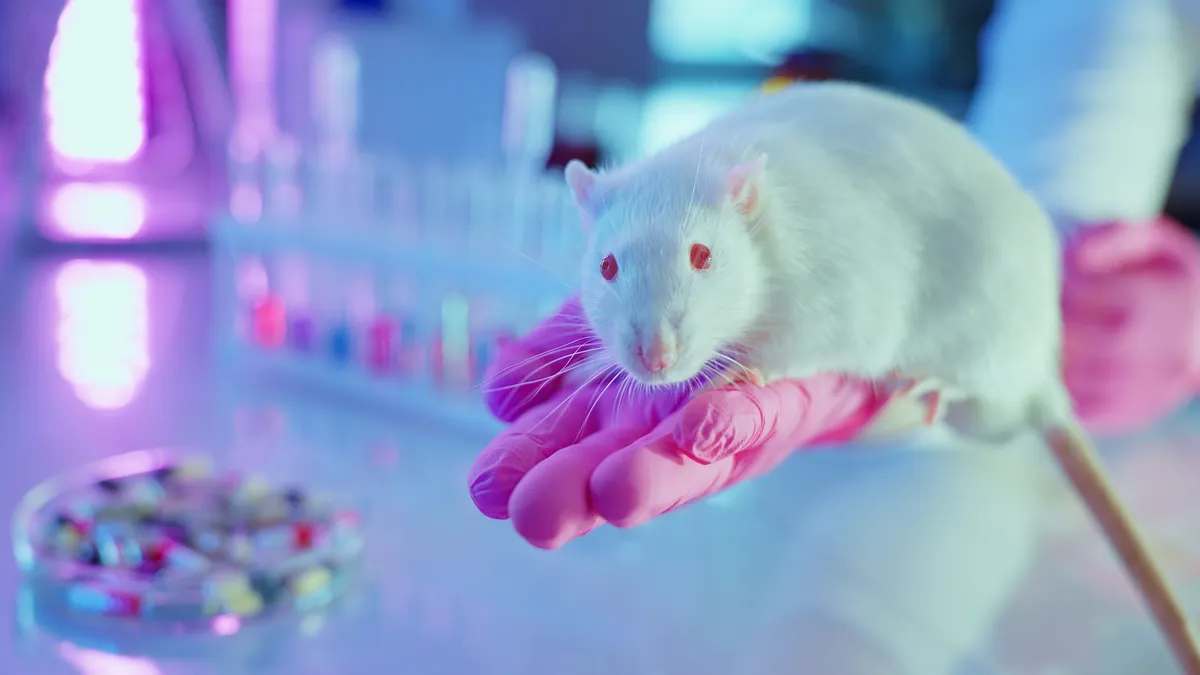 It is not the strongest of the species that survives, nor is it the most intelligent. It is the one that is most adaptable to change.
It is not the strongest of the species that survives, nor is it the most intelligent. It is the one that is most adaptable to change.
Whether a direct quote from Charles Darwin or a summary of his writings, this statement is perhaps the most profound scientific explanation of life itself, in all its shapes, forms and colors.
Why then is the Life Sciences industry, whose mission is to help human and animal species survive and thrive, perceived to be unable or unwilling to adapt to the changing needs of the healthcare consumer, provider, and payer?
Every day, the collective intelligence of tens of thousands of researchers and clinicians is deployed at the bleeding-edge of discovery – from gene-editing techniques to novel mechanisms of action that battle the most dogged of diseases.
And balance sheets are strong, allowing biopharmaceutical companies to spend an average of $2.6 billion to bring a new molecular entity to market, according to the latest research from the Tufts Center for the Study of Drug Development.
Yet the ability to innovate disruptively and change the way we bring the wonders of science to patients in the fastest, most seamless, and cost-efficient manner seems lacking. The consensus on the average time it takes for an experimental drug to travel from the laboratory to your medicine cabinet is still 12 years.
Are we truly pushing the boundaries of disruptive innovation in areas such as patient engagement, integrated supply chain, launch excellence, target identification, manufacturing intelligence and customer experience?
The answer isn’t in mirroring the Silicon Valley startup culture –epitomized by an environment laden with skinny jeans, hoodies, lava lamps, bean bag chairs and WeWork-style office space – hoping it will magically bring forth change.
Rather, disruptive innovation comes from the C-suite, where leaders:
• Create a culture that constantly challenges conventional wisdom
• Recognize and harness the human capital – and “data capital" – within their enterprise
• Seek inspiration from the best experiences that both adjacent and unrelated industries have to offer
After all, it’s not fun to be the last surviving finch on a Galapagos island with the wrong beak type.










